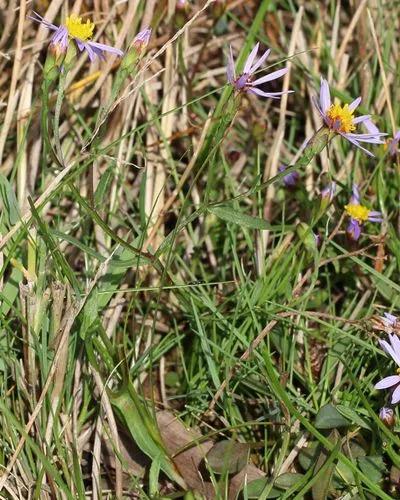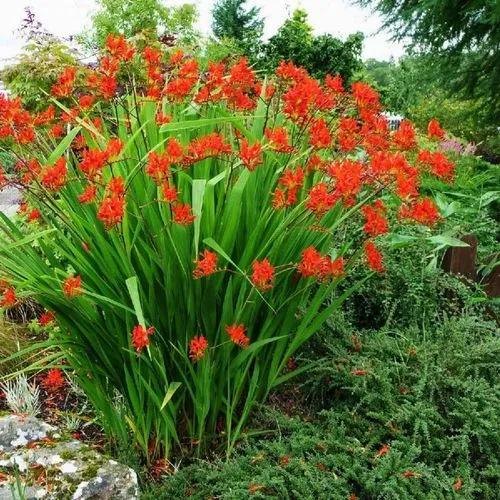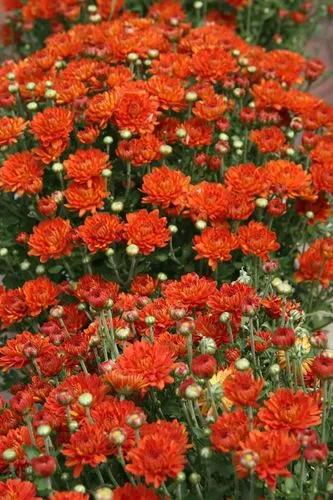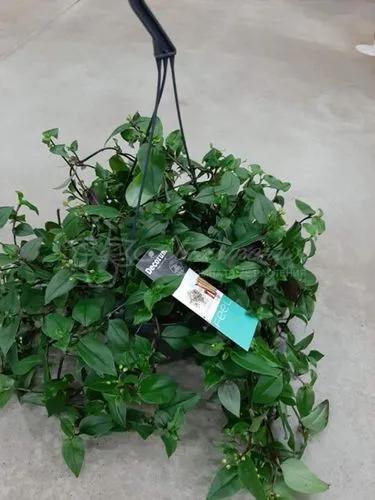Slipper Orchids are a subfamily of exotic-looking orchids scientifically called Cypripedioideae. Though they might look like tropical jungle inhabitants, these beauties come from cool and tough climates of Europe, Asia, and North America. If your garden is too cold for other orchids – try planting these greenies. You won’t be disappointed!
Slipper Orchid Care
Paphiopedilum hirsutissimum
Other names: Lady Slipper Orchid, Lady's Slipper Orchid



There are more than 50 types of slipper orchids, but they all share one trait – an inflated pouch or modified lip that resembles a shoe or slipper. In different species, this slipper can be very tiny or grow up to the size of a chicken egg. Slipper orchids’ flowers can be white, yellow, pink, and purple.
These rhizomatous perennials prefer cool climates and can survive cold winters. They became sought-after because of their hardiness and striking looks, and now many species are endangered. Do not bring slipper orchids from the wild into your garden – they will not survive acclimatization.
How to Care for the Plant

Water

All temperate orchids need moderate moisture during the growth period. Don’t let the soil dry out completely, and don’t let them soak in water. Try to find a balance. Reduce watering after flowering.

Pruning

This plant does not need pruning. Prune dead leaves and stems when necessary.

Fertilizer

Fertilize with diluted balanced perennial fertilizer once in two weeks throughout the spring. Do not fertilize during the winter.

Sunlight

Slipper orchids prefer a diminished light that doesn’t hit the plant directly. The light conditions should resemble a woodland setting.

Soil

Many species grow well in garden soils. The soil should be well-drained, well-aerated, and nutrient-rich. If your soil is dense and loamy, you can improve it by adding crushed clay pebbles and lava. In sandy soils, you can mix in some perlite. Don’t plant your orchids in compacted, heavy, and saturated soils.

Propagation

Healthy and strong orchids will grow into clumps, which you can divide every couple of years. You can also propagate by cuttings or rhizomatous roots, but your chances of success aren’t that high. In this case, it usually takes several years before an orchid starts to flower. Young plants may feel better indoors for several years before you transplant them into your garden.

Temperature

Slipper Orchids are hardy and can even tolerate below-freezing temperatures. It’s better if the summers aren’t too dry and hot.

Container

Slipper orchids are mostly grown outside. If you decide to grow them indoors, choose a pot with drainage holes.

Fun fact

These beauties are sometimes called Camel’s foot, Squirrel foot, and Moccasin flowers.

Popularity

154 people already have this plant 51 people have added this plant to their wishlists
Discover more plants with the list below
Related articles






